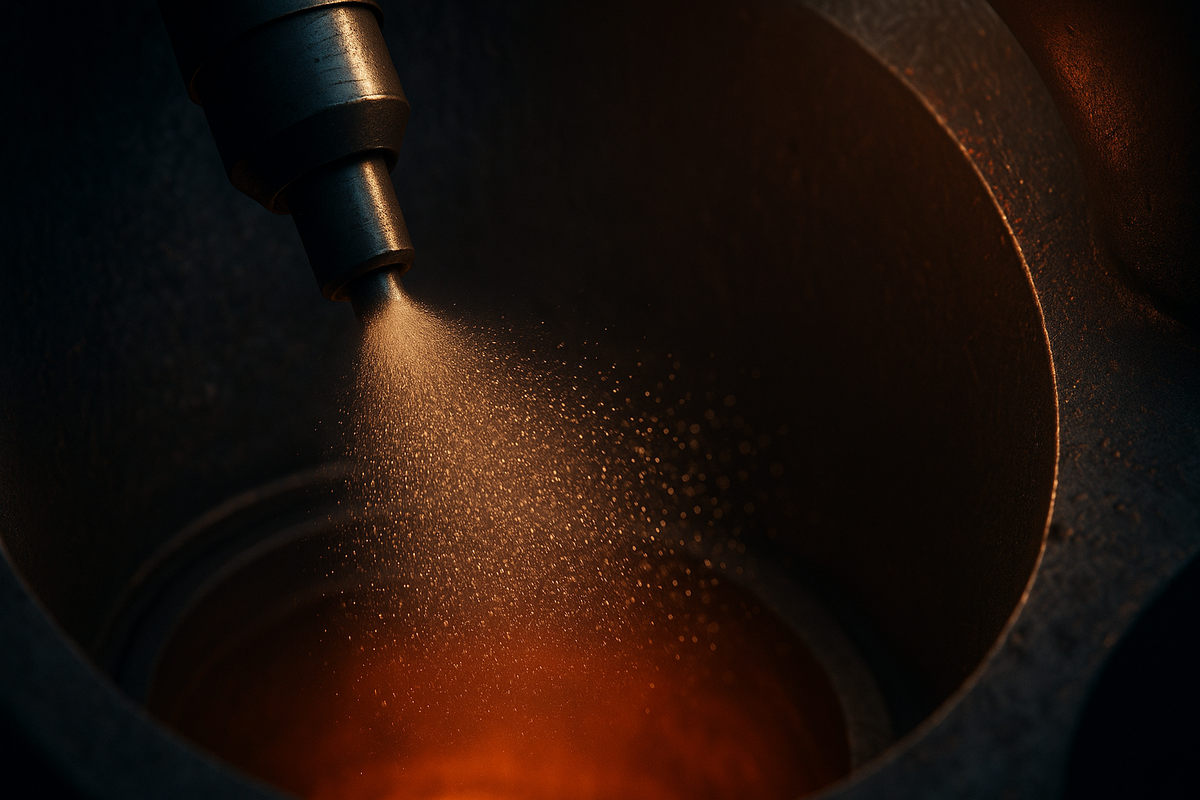Why Atomization of Fuel Is Critical in Diesel Engines

In the heart of every diesel engine lies a precisely timed, finely tuned sequence of combustion events. These events dictate the engine's power, efficiency, and emissions. One of the most critical yet often overlooked elements in this process is fuel atomization—the transformation of liquid fuel into finely dispersed droplets during injection.
But why exactly is this transformation necessary?
What really happens to the fuel inside the cylinder that demands such intricate preparation? Let’s delve deep into the science of fuel combustion and understand why atomization isn't just desirable—it’s absolutely essential.
🔥 The Combustion Journey: What Happens to Fuel in the Cylinder?
When liquid fuel is injected into a diesel engine cylinder, it doesn’t ignite immediately. Instead, it must undergo a series of transformations before combustion can even begin. These transformations include:
- Absorption of heat from the surrounding hot, compressed air
- A rise in temperature to initiate chemical changes in the fuel
- Mixing with oxygen, essential for combustion
This entire process must occur within milliseconds. The speed and efficiency with which these changes occur largely depend on one critical factor: the surface area of the fuel in contact with the hot air.
🔬 Surface Area: The Silent Hero of Combustion
Let’s understand this with an example.
Example: The Fuel Cube Thought Experiment
Imagine injecting 1 cubic centimetre (cc) of fuel into the cylinder as a solid cube. This cube (1 cm × 1 cm × 1 cm) has a total surface area of:
6 square centimetres
What happens when this cube enters the combustion chamber?
- Heat absorption is limited to the outer surface
- The core remains cool, delaying ignition
- Surrounding air is quickly oxygen-depleted, slowing combustion
- Fuel burns slowly and inefficiently
This is clearly not ideal in a high-speed diesel engine.
💡 Atomization: Breaking Fuel into Tiny Droplets
Now, imagine breaking the same 1 cc of fuel into 1,000 tiny cubes, each 1 cubic millimetre in size.
- New surface area: 6,000 mm² or 60 cm²
- 10 times more exposure to hot air
With more surface area:
- Heat is absorbed faster
- Temperature rises quicker
- Combustion happens rapidly and efficiently
- Each droplet is surrounded by air, preventing oxygen starvation
Modern engines go even further—using injectors that break fuel into micron-sized particles.
⏱ Combustion Timing in Diesel Engines
In two-stroke engines, the fuel injection window is extremely short. The time T for injection in seconds is calculated using:
T = (Fuel-valve opening in degrees / 360) × (60 / rev/min)
Example: 100 RPM, 20° valve opening
T = (20 / 360) × (60 / 100) = 1/30 seconds = 33 milliseconds
This 33 ms must accommodate:
- Fuel injection
- Atomization
- Heating and vaporization
- Mixing with air
- Ignition
- Combustion
Important: The actual time for physical and chemical changes to prepare fuel for burning is only 1.5 to 3.0 milliseconds. Atomization makes this possible.
🔁 Why Atomization Cannot Be Skipped
Let’s summarize:
✅ Combustion requires rapid heat absorption, temperature rise, and oxygen access
✅ The surface area of the fuel determines how fast this happens
✅ Atomization increases surface area, enabling faster heat transfer
✅ Better atomization = complete combustion and lower emissions
Without atomization, combustion is incomplete, slow, and inefficient.
⚙️ Real-World Application
Modern diesel engines use high-pressure injectors (up to 2,000 bar) with:
- Ultra-fine nozzles
- Controlled spray patterns
- Multi-stage injections
- Electronic precision
This ensures every fuel droplet is atomized for optimal performance.
🚛 Final Thoughts
Atomization may sound technical, but it's the very foundation of power generation in diesel engines. It ensures:
- Quick ignition
- Complete combustion
- Efficient fuel use
- Low smoke and emissions
So, the next time you hear a diesel engine roar, remember—it’s not just burning fuel. It’s igniting millions of microscopic droplets, finely atomized and combusted with mathematical precision—all in just a few milliseconds.